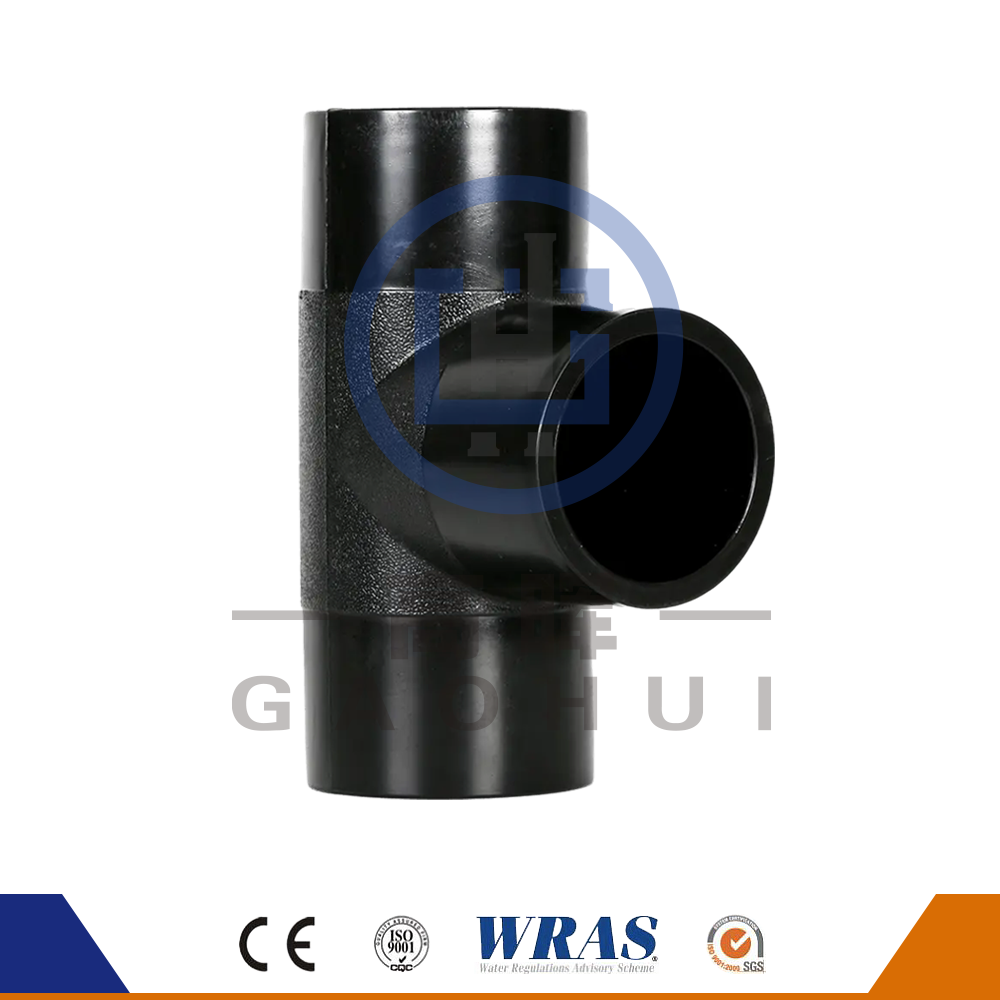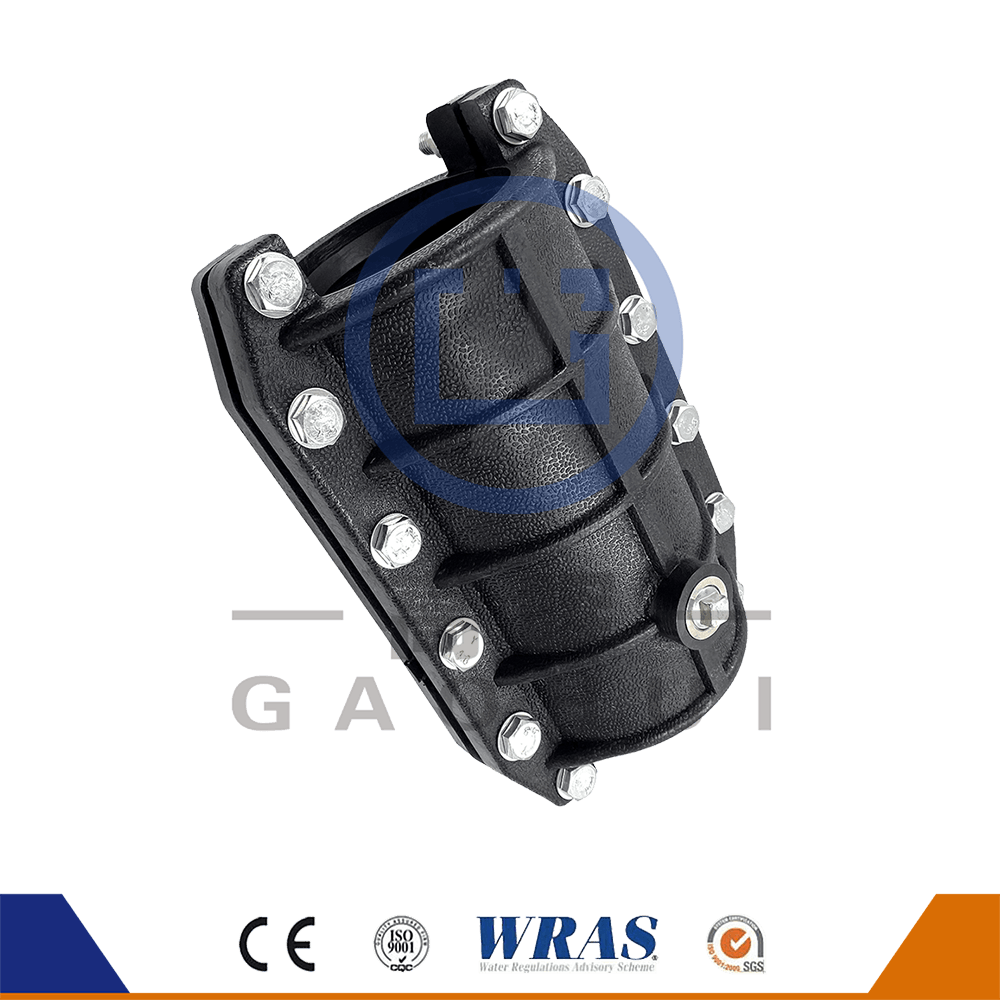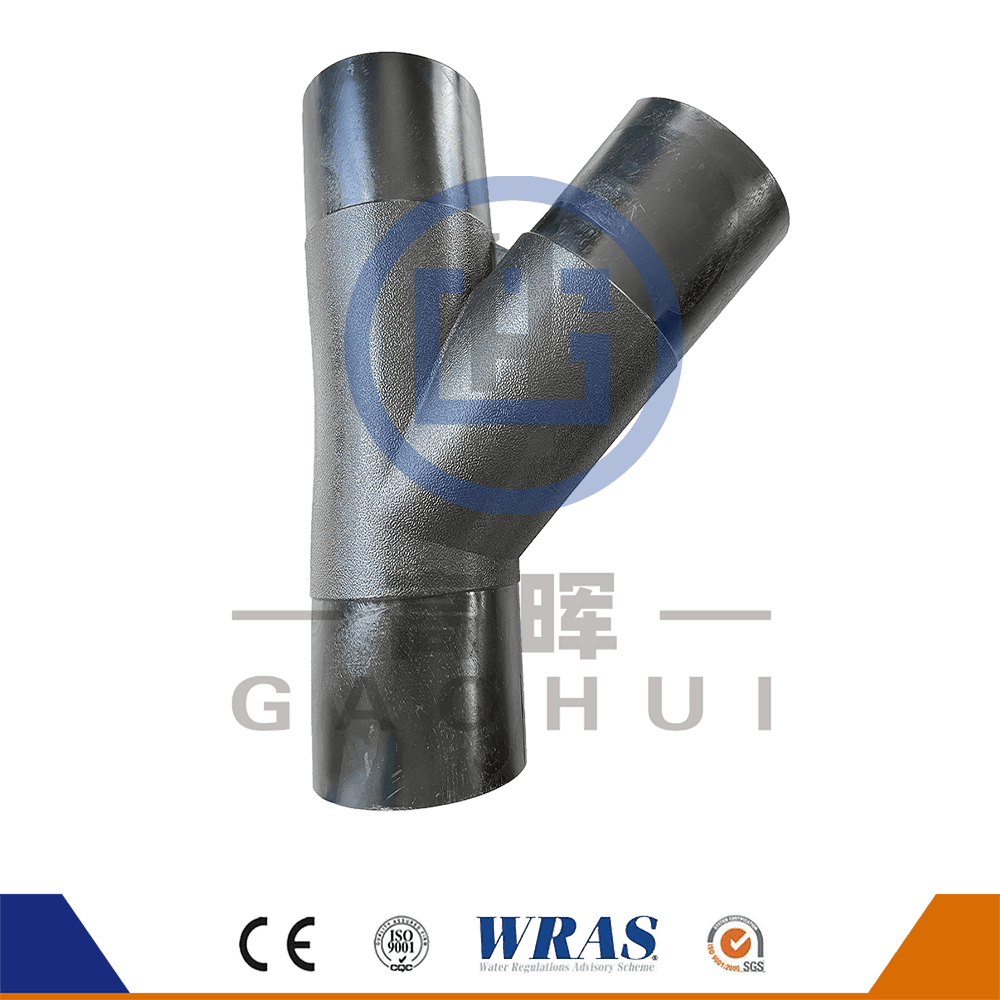Content
In the world of modern infrastructure, the materials used to build piping systems are just as important as the design and engineering behind the structures themselves. As cities expand and industrial operations scale up, the demand for more durable, efficient, and cost-effective solutions has driven a significant shift towards HDPE pipe fittings. Traditionally, materials like steel, concrete, and PVC dominated the piping industry. However, in recent years, HDPE pipe fittings have rapidly become the material of choice for a variety of projects, from water distribution systems to wastewater treatment plants.
Durability and Longevity: Built to Last
One of the standout features of HDPE pipe fittings is their exceptional durability. Unlike traditional metal pipes or even PVC pipes, HDPE is known for its remarkable resistance to a wide range of external factors, including:
Corrosion Resistance: HDPE does not corrode like steel or iron, making it ideal for use in environments exposed to chemicals, saltwater, and other corrosive elements. For instance, when used in coastal areas or industrial applications where pipes are exposed to harsh chemicals, HDPE stands up to these conditions without degrading.
Abrasion Resistance: HDPE pipes and fittings are highly resistant to abrasion, making them a popular choice for handling sand, gravel, and other abrasive substances often found in mining, wastewater, and slurry transportation systems.
UV Resistance: While other materials, like PVC, degrade over time when exposed to ultraviolet (UV) light, HDPE has natural UV resistance. This makes HDPE fittings ideal for outdoor installations, such as irrigation systems and water supply lines, where pipes are exposed to the sun.
The combination of these durability factors means that HDPE pipes and fittings have an impressive service life of 50 to 100 years, far outlasting many alternative materials. This longevity makes them a cost-effective solution in the long run, as they require less frequent maintenance and replacement.
Flexibility and Resistance to Cracking
HDPE is known for its flexibility, which allows it to withstand ground movement, shifting soils, and temperature fluctuations without cracking or breaking. This flexibility is a major benefit for projects in seismic areas or places prone to ground subsidence.
For instance, in areas with freeze-thaw cycles, HDPE pipe fittings remain resilient, adapting to the shifting ground. Unlike rigid materials such as concrete or steel, HDPE does not become brittle and is able to handle thermal expansion and contraction without sustaining damage.
This flexibility also means that HDPE pipes are easier to transport and install. They can be bent around obstacles and laid out without the need for as many joints and connections as other materials. This reduces the chances of leaks and makes the installation process faster and more efficient.
Leak-Free Joints: Improved Safety and Reliability
A common issue with traditional piping systems, particularly in water and gas infrastructure, is leaks at the joints. These leaks not only waste valuable resources but can also lead to hazardous situations, especially in the case of gas lines. The ability to eliminate leaks is one of the biggest selling points of HDPE pipe fittings.
HDPE fittings are typically fusion welded, which means they are joined through heat fusion, creating a continuous, seamless connection that’s as strong as the pipe itself. This process ensures that the fittings have no weak spots, and significantly reduces the likelihood of leaks over the pipe’s lifetime.
In addition to being leak-resistant, the fusion-welding process also means that HDPE joints require fewer fittings, which can be a source of potential failures in traditional systems. By reducing the number of fittings and joints, the risk of failure is lowered, which makes the entire piping system more reliable and safer.
Cost-Effective: Lower Installation and Maintenance Costs
While HDPE pipes and fittings may have a slightly higher upfront cost than PVC, they can save significant amounts of money over the long term. The lower installation and maintenance costs contribute to making HDPE a cost-effective choice.
Here’s how:
Lower Labor Costs: HDPE is lighter than other materials like steel or concrete, which reduces transportation costs and makes it easier to handle and install. Installation requires fewer labor hours, as the pipes are flexible and can be easily fused together without requiring complex fittings.
Reduced Maintenance: Due to HDPE’s resistance to corrosion, abrasion, and chemical exposure, there is less likelihood of damage and deterioration, meaning the system will require less frequent repairs over time.
Long-Term Savings: With its durability, HDPE reduces the need for replacement and minimizes the overall lifecycle costs. For municipal and industrial water systems, this translates to fewer replacements and repairs, resulting in significant savings.
This combination of installation and maintenance savings makes HDPE pipe fittings particularly attractive for large-scale infrastructure projects, where cost efficiency is a top priority.
Sustainability: Environmentally Friendly Choice
As the world shifts toward more sustainable practices, HDPE pipe fittings are being increasingly recognized for their eco-friendly benefits. Here are some of the reasons why HDPE is considered a more sustainable option compared to traditional materials:
Recyclability: HDPE is fully recyclable, meaning that used pipes and fittings can be reprocessed and reused to create new products. This circular approach helps reduce waste and decreases the environmental impact of manufacturing new materials.
Lower Carbon Footprint: The energy required to manufacture HDPE pipe fittings is lower than that for traditional materials like steel or concrete. Additionally, the long lifespan of HDPE pipes means fewer resources are consumed for replacements and repairs.
Non-Toxic: HDPE is a non-toxic material, making it safe for use in water systems and environments where chemicals or pollutants might otherwise leach into the ecosystem.
As sustainable construction practices become a critical focus of modern infrastructure, the environmentally friendly nature of HDPE fittings makes them an increasingly popular choice among engineers, planners, and governments.
Wide Range of Applications
HDPE pipe fittings are incredibly versatile and are used across a wide range of industries, including:
Water and Sewer Systems: The ability to prevent leaks and corrosion makes HDPE an ideal material for water supply and wastewater systems.
Gas Distribution: HDPE pipe fittings are frequently used in gas distribution networks, where safety and leak-free performance are paramount.
Agricultural Irrigation: In agriculture, HDPE pipes are used to efficiently distribute water for irrigation systems, helping to conserve water and improve crop yields.
Industrial and Mining Applications: HDPE pipes are used for transporting slurries, chemicals, and other industrial materials due to their resistance to abrasion and corrosion.
Energy and Oil & Gas: Due to their flexibility and resistance to environmental stress, HDPE fittings are used in the energy sector for transporting various substances, including fuels and chemicals.
No matter the industry, HDPE pipe fittings provide a reliable and durable solution that meets the specific needs of each application.


 English
English русский
русский عربى
عربى











